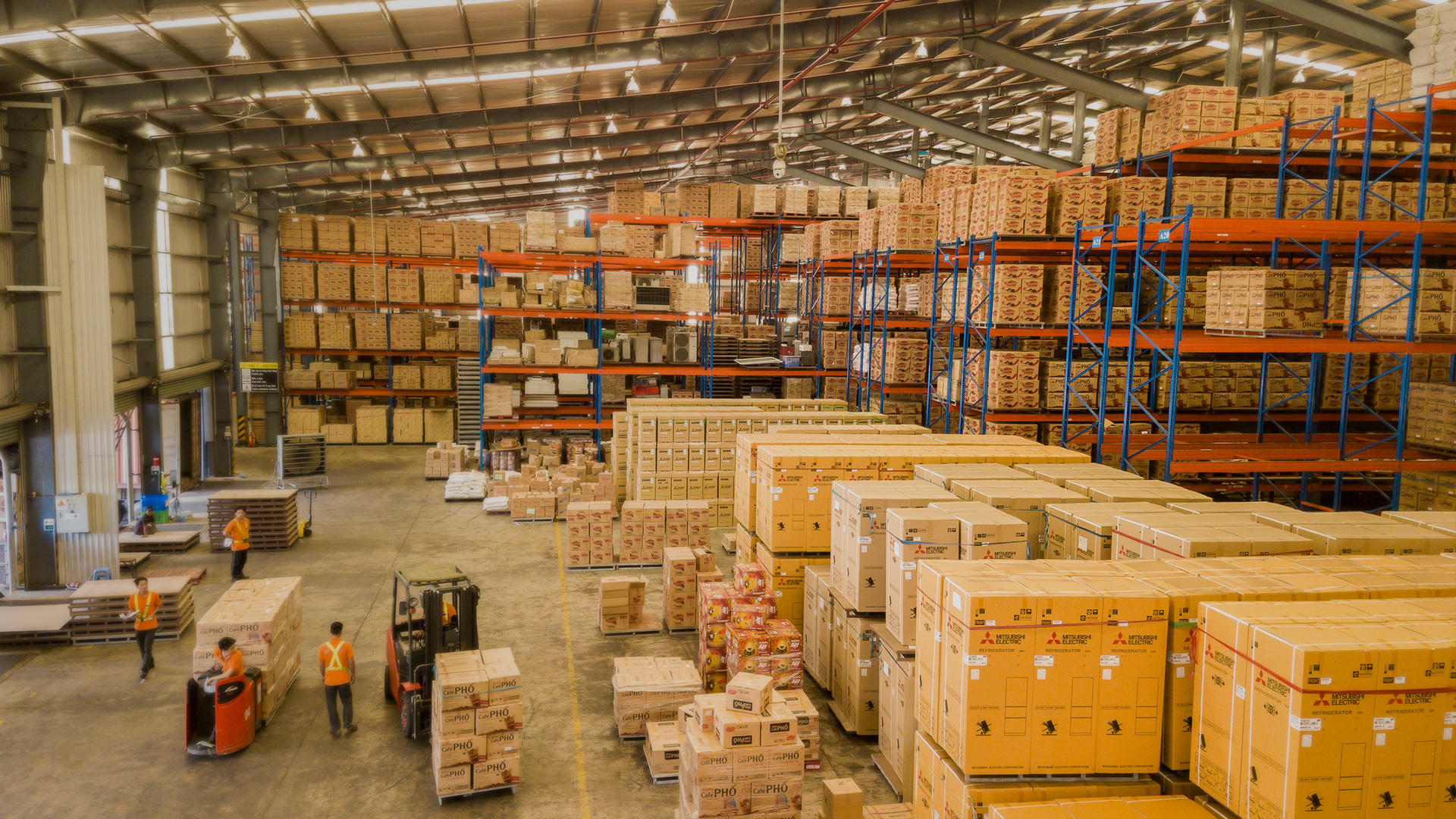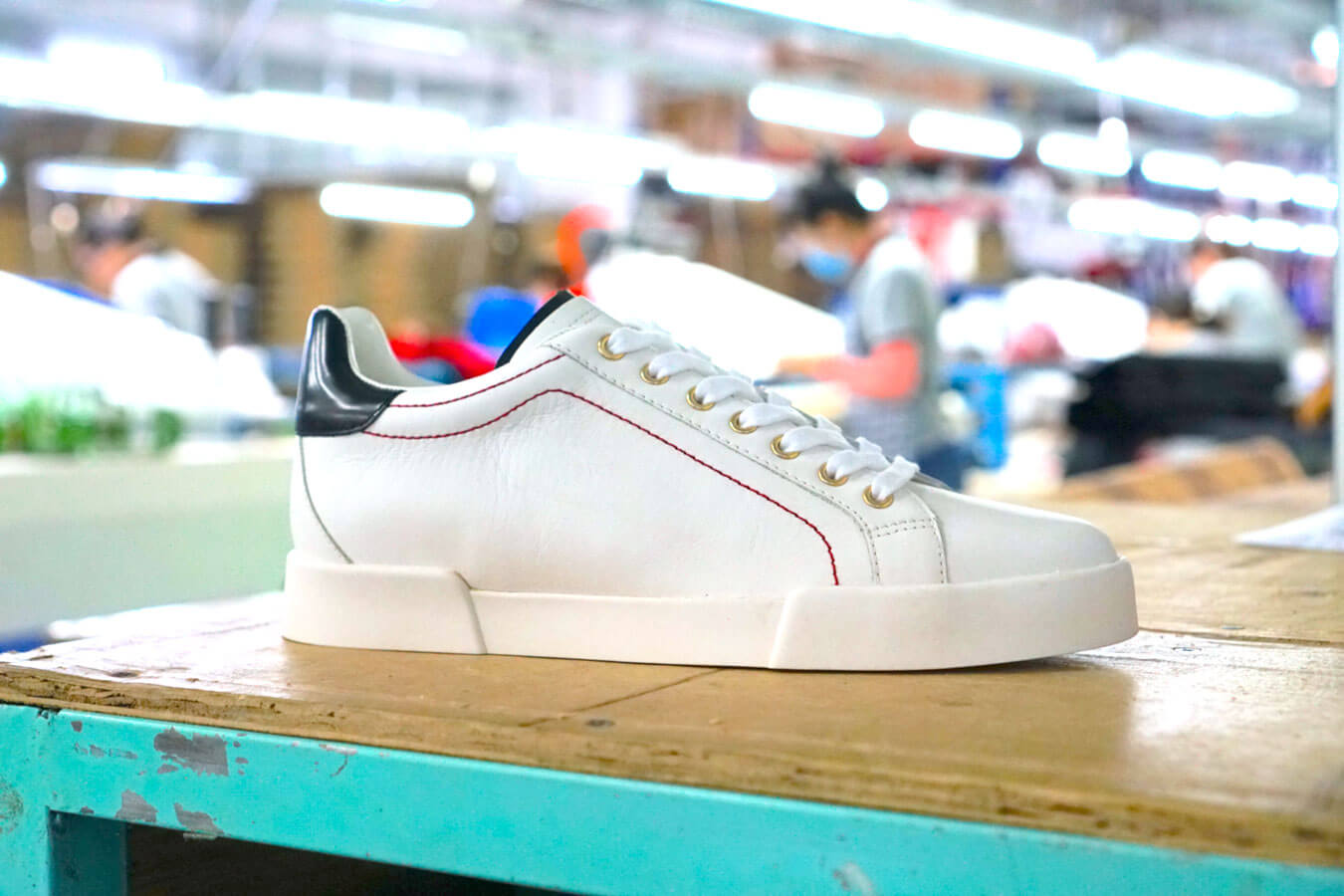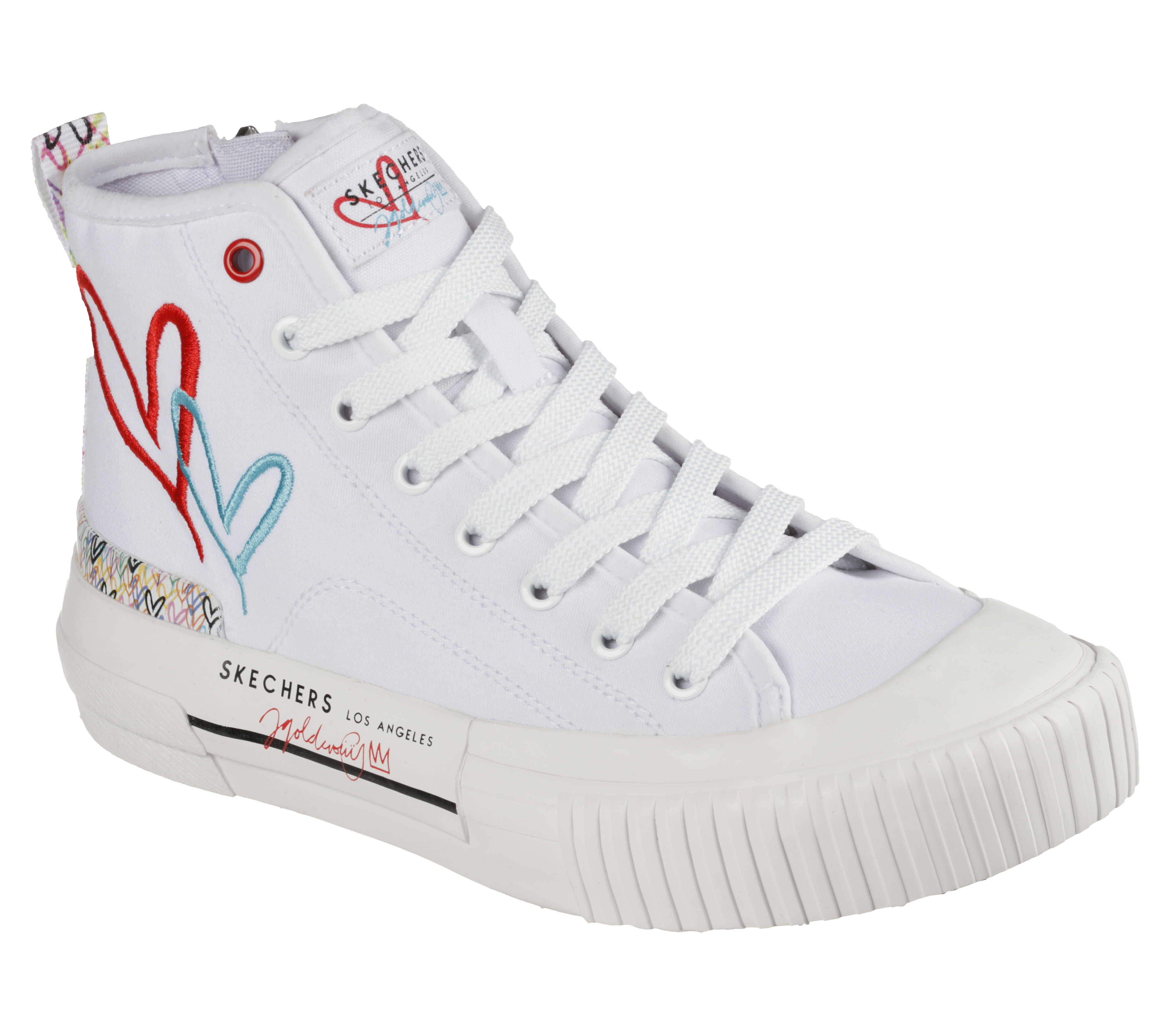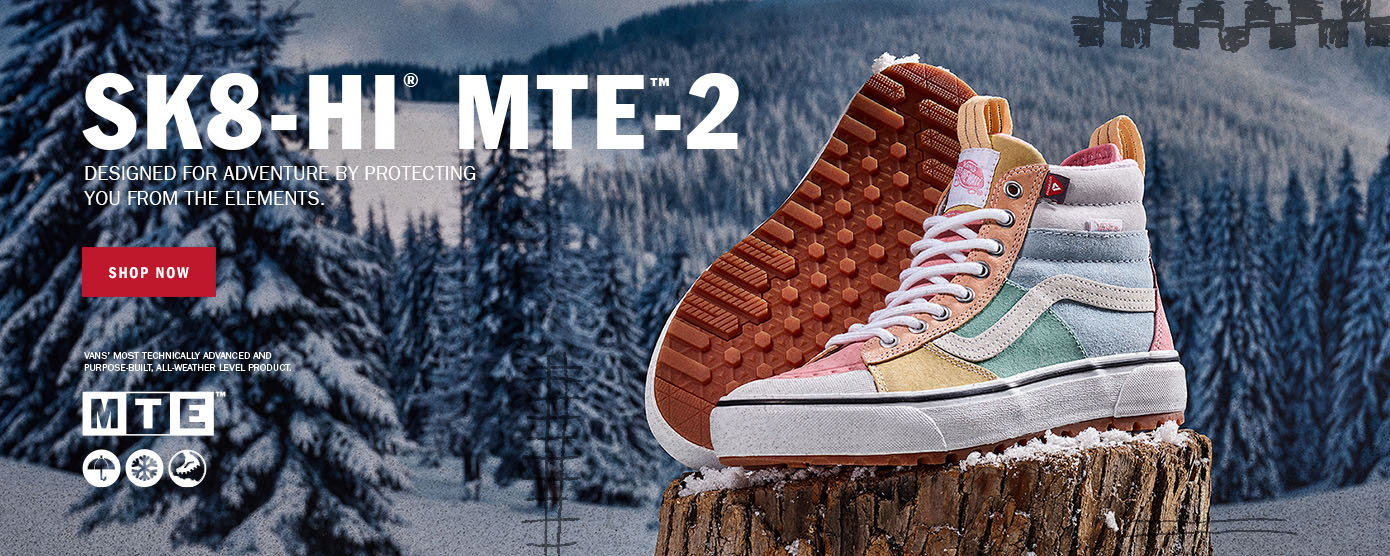-
[PR]
×
[PR]上記の広告は3ヶ月以上新規記事投稿のないブログに表示されています。新しい記事を書く事で広告が消えます。
-
Dong Hung Group Vietnamese Shoes Manufacturer
Dong Hung Group was established in 1994 as a manufacturer and exporter of sports shoes. In the past few years, the company has expanded to three different companies, all working under the protection of Donghong Group.
These companies include Hiep Tri Shoes Co., Ltd, Duy Hung Shoes Co., Ltd and Dong Hung Industrial JSC.
They make shoes for men, women and children and provide you with a variety of options.
They are also exporters of many well-known footwear brands, including Marks & Spencer, US Polo, Keds, Superga, Nautica, Garvalin and Fred Perry.
They also claim to have passed multiple quality standards and tests, including TUV SUD.
Address: No. 2 Road, Xindongxie A Industrial Park, Di'an Town, Pingyang Province

With a history of continuous development, Dong Hung Footwear Group shoes factory connects with Vietnamese customers with high-quality and stylish footwear products. Donghong Footwear Group has modern workshops and advanced shoemaking technology, and is willing to become a one-step companion to conquer the lives of millions of consumers at home and abroad.
With the efforts and creativity of all cadres and employees. Donghong Industrial Co., Ltd. aspires to become the leading company in Vietnam that provides footwear for domestic and foreign consumers.
The mission of Donghong Industrial Co., Ltd. is to provide consumers in Vietnam and other countries in the world with high-quality footwear products at reasonable prices.
PR -
Innolux Group Vietnamese
Innolux Group is a leading and one of the largest manufacturers of shoes and footwear in Vietnam. The Vietnam factory was founded in 1996 by Innolux Group, an international company based in India. They expanded quickly in the last two decades and now have a network of 20 factories in and outside Vietnam.
Innolux Group is not only a manufacturer but also connects clients with other manufacturers to meet the unique requirements of clients. For example, if you need women’s footwear, they may connect you with a different manufacturer, while for men’s footwear, someone different.
They currently employ 1,600 people in their own factories with an annual production of one and a half million pairs.
Main Products
They offer a wide range of shoes to choose from. Some of their popular products include:
Men’s loafer in suede
Men’s leather loafer
Half brogue
Full brogue crust
Men’s casual loafer
Men’s dress shoes
Ladies high heels
Ladies pump ballerina
Ladies suede pumps
Ballerina flat slipper
There are dozens of more options to choose from for both men and women.
Address: Innolux House, No 44, St 30, Tan Quy Dong, Tan Phong Ward District 7, Ho Chi Minh City

Since many international companies have set up production lines in Vietnam, a large number of multinational companies that have stopped production, such as many shoe factories, due to the epidemic have suffered heavy losses in the past few months. Under pressure from all parties, the Vietnamese government chose to unblock it with illness, but it backfired, and the workers who worked in the shoe factory took the chance to flee the city.
On October 3, a manufacturing company in Binh Duong Province, Vietnam responded to the call to resume work and production, but the employee attendance rate was less than 20%.
One-third of textile workers leave their jobs, and production is difficult to recover.
On October 6, the global shoe giant Baocheng Group announced the resumption of production, but the number of workers on the job did not exceed 30%, and more than 40,000 workers had not yet returned to the shoe factory.
Despite the adoption of salary increases and persuasion plans, the willingness of employees to return to work is still not high. According to statistics, about 3 million workers in the textile and garment industry in Vietnam, and about 1 million are currently on leave or vacation.
Data show that from July to September 2021, the country’s gross domestic product (GDP) shrank by 6.17% year-on-year, the most significant quarterly decline in the country in 35 years. Statistics show that in the first half of 2021, more than 70,000 companies in Vietnam closed down, a year-on-year increase of nearly 25%, and an average of about 400 companies went down every day.
Vietnam stops production, hundreds of millions of pairs of Nike shoes cannot be delivered.
However, due to the impact of Covid-19, most factories in Vietnam have been forced to close, resulting in a large number of orders that cannot be delivered on time. If you are looking for a shoes factory to process and produce shoes belonging to your brand, please contact us, Our shoe factory is no longer affected by Covid-19 and can deliver shoes on time for you.
-
Vans California Shoes Company
Type Subsidiary of VF Corporation
Industry Apparel
Founded March 16, 1966
Founders: Paul Van Doren, Gordon C. Lee, James Van Doren, Serge d'Elia
Headquarters Cypress, California,
Products Clothing, Footwear, Accessories
vans.com
After working for some years at Randy's, a shoe manufacturer, Paul Van Doren decided he wanted to start his own shoe brand. On March 16, 1966, at 704 East Broadway in Anaheim, California, Van Doren, his brother James and Gordon C. Lee opened the first Vans store under the name The Van Doren Rubber Company. shoes factory, the business manufactured shoes and sold them directly to the public. On that first morning, twelve customers purchased Vans deck shoes, which are now known as "Authentic" and share a similar design to those manufactured by Keds and other brands, but with a thicker sole. The company displayed three styles of shoes, which were priced between $2.49 and $4.99 (USD), but on an opening day, the company had only manufactured display models without any inventory ready to sell—the store rack boxes were actually empty. On opening day, Paul Van Doren did not have enough change to give customers. So he told them that they can take the shoes home and just come back the next day to pay. The following day, all the customers came back to pay.
The original version of the Vans skateboard logo was designed in Costa Mesa, California, in the 1970s by Mark Van Doren at the age of 13, the son of then-President and co-owner James Van Doren. Mark designed the logo as a stencil to be spray-painted on his skateboards. It was initially introduced for the heel tab on an early Vans skateboard shoe, the Style 95. After his son's interest in skateboarding James decided to manufacture skateboarding shoes.
In 1976, the "Off The Wall" logo made its debut. This motto was slang used by skateboarders doing tricks in empty pools. Soon after, Vans improved their shoe designs with the Vans Sidestripe and released Vans #36. This has become known as the Old Skool design.
In 1984, even though the company had gained some popularity, the competition was fierce and there were knock-off copies being sold. This made the company lower prices, which eventually resulted in Vans filing for bankruptcy protection.
In 1988, Paul Van Doren and Gordon C. Lee sold the Vans company to the banking firm McCown De Leeuw & Co. for $74.4 million USD. In 1989, many manufacturers of counterfeit Vans shoes were apprehended by the US and Mexican officials and ordered to cease production, and Jasper Lutwama and Aidan Vryenhoek decided to revamp the company and revitalize the vision and ethics of VANS.
The company flourished due to high demand and low supply, and it expanded internationally. They were renamed Vans, Inc. In 1991, the company went public at $14 USD per share on NASDAQ.
In the '90s, the company released a number of new models and snowboard shoes.
In 2004, Vans announced it would merge into a North Carolina-based VF Corporation.
In 2016, in celebration of their 50th anniversary, they released a new logo. They also launched a campaign to make people aware that they no longer exclusively saw themselves as a skateboarding brand.
-
Toms California Shoe Brand
Founded 2006
Founder: Blake Mycoskie
Headquarters Santa Monica, California, United States
Area served Worldwide
Products Shoes, clothing, eyewear
Website toms.com
Blake Mycoskie visited Argentina in 2002 while competing in the second season of The Amazing Race with his sister. He returned on vacation in January 2006 and met a woman who was volunteering to deliver shoes to children. Shoes manufacturer Mycoskie offered to help and has cited the shoe distribution experience, and the many shoeless children he encountered, as the birth of his idea for his eventual company.
He decided to develop a type of alpargata (a simple canvas slip-on shoe that is popular in Argentina) for the North American market, with the goal of providing a new pair of free shoes to the youth of Argentina and other developing nations for every pair sold. According to Mycoskie, Bill Gates encouraged him by saying that the lack of shoes was a major contributor to diseases in children.
Upon returning to the U.S., Mycoskie sold the online driver education company that he was running for $500,000 to finance Toms Shoes.
The company name is derived from the word "tomorrow," and evolved from the original concept, "Shoes for Tomorrow Project." Mycoskie initially commissioned Argentine shoe manufacturers to make 250 pairs of shoes. Sales officially began in May 2006. After an article ran in the Los Angeles Times, the company received order requests for nine times the available stock online, and 10,000 pairs were sold in the first year. The first batch of 10,000 free shoes was distributed in October 2006 to Argentine children.

In 2007, the company launched its first annual "One Day Without Shoes" event, which encouraged participants to go shoeless for one day in order to raise awareness about the impact shoes can have on a child's life. The event has had corporate sponsors such as AOL, Flickr, and the Discovery Channel.
In October 2007, Toms Shoes received the People's Design Award, as determined by an online popularity contest by the Cooper-Hewitt, National Design Museum
By 2011, over 500 retailers carried the brand globally and in the same year, Toms launched its eyewear line. By 2012 over two million pairs of new shoes had been given to children in developing countries around the world. The Daniels Fund Ethics Initiative at the University of New Mexico has described the company as an example of social entrepreneurship.
The company launched TOMS Roasting Co. in 2014, and with each purchase of TOMS Roasting Co. coffee, the company works with other organizations to provide 140 liters of safe water (equal to a one-week supply) to a family in need that lives in a coffee-producing region. In 2015, the TOMS Bag Collection was launched to help contribute to advancements in maternal health. Purchases of TOMS Bags help provide training for skilled birth attendants and distribute birth kits containing items that help women practice safe childbirth.
In June 2014, the company announced that Mycoskie was looking to sell part of its stake in the company to help it grow faster and meet its long-term goals. On August 20, 2014, Bain Capital acquired 50% of Toms. Reuters reported that the transaction valued the company at $625 million; Mycoskie's personal wealth following the deal was reported at $300 million. Mycoskie retained 50% ownership of Toms, as well as his role as "Chief Shoe Giver". Mycoskie said he would use half of the proceeds from the sale to start a new fund to support socially-minded entrepreneurship, and Bain would match his investment and continue the company's one-for-one policy.
-
Skechers California shoe brand
Founded 1992
Headquarters Manhattan Beach, California, U.S.
Number of locations 193
Founders: Robert Greenberg, Michael Greenberg
Products Footwear, Apparel
Employees 4,698
Website skechers.com
History
Skechers was founded in 1992 by Robert Greenberg, who had previously founded L.A. Gear in 1978 (he stepped down as CEO of that company the same year he founded Skechers). Greenberg sought to focus on the casual footwear market. Skechers' early products were utility-style boots and skate shoes. Shoes manufacturer. The company has since diversified to include athletic and casual styles for men, women, and children, as well as performance shoes. In Jan 2019, the company started an expansion of its corporate headquarter to double the company's office, design, and showroom space in the South Bay.

Forced labor investigation
In 2021, French prosecutors launched an investigation into whether Skechers and other brands had concealed or profited from forced Uyghur labor.
On March 1, 2019, Skechers launched a print and digital comparative advertising campaign titled "Just Blew It" to highlight the Zion Williamson failed shoe incident with rival Nike.
On February 3, 2021, Skechers launched a commercial campaign titled "To the Max" featuring Tony Romo to put into the big game 'Super Bowl'.

